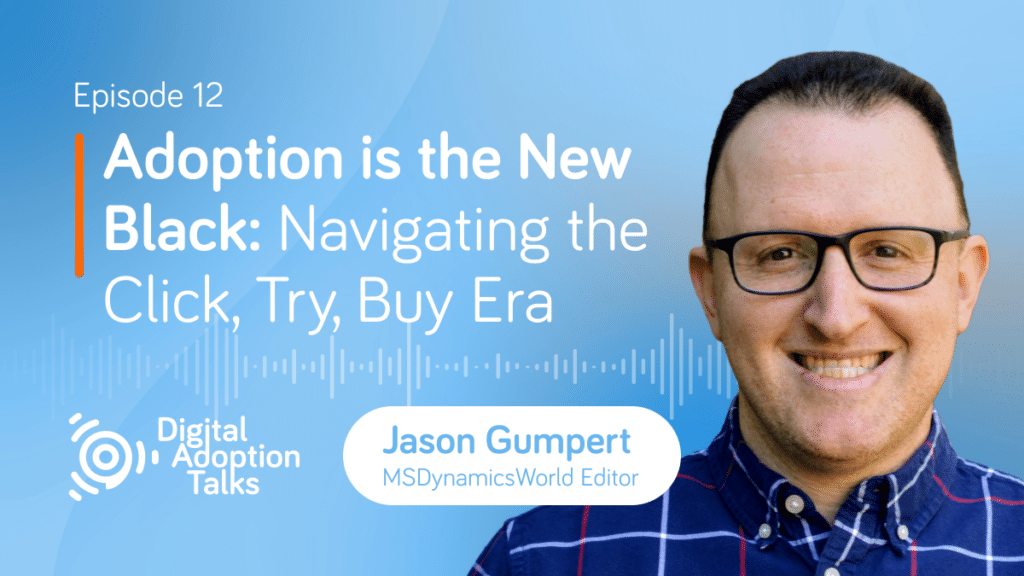“To me, it says either it’s been sort of normalized in the marketplace that you do need to invest in that kind of resource when you’re investing in digital applications, and so that demand has driven the need for that role. And so there’s a lot more of them out there now than there used to be, or that people just continue to struggle, and the need is driven by just the pain that people are still feeling.”
“In the on premises world, it was possible to sort of drop in some CDs, do some installs and leave and maybe not find out for months, years sort of how well that all turned out. That’s just not the case anymore. Partners are being measured by Microsoft on consumption. Microsoft itself is measuring itself on consumption. I think analysts are measuring Microsoft on consumption. So the idea that you can deploy software that’s not going to be well adopted is really not tenable these days and that just flows all the way down.”
